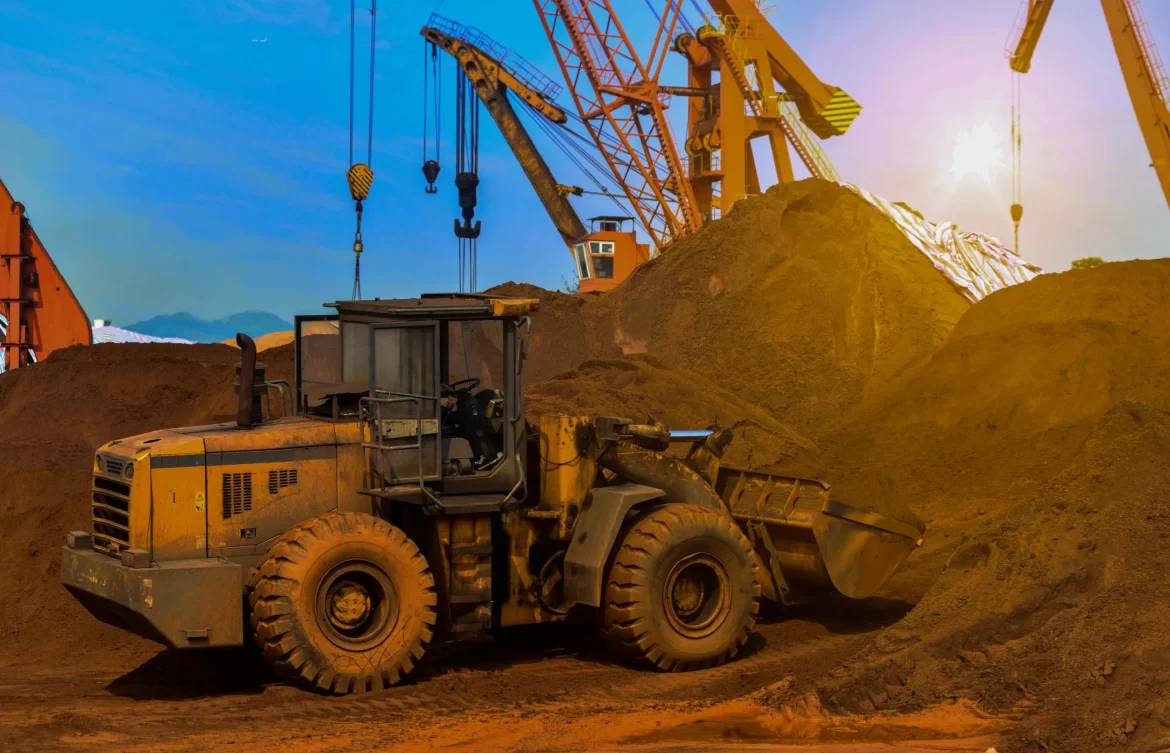Angola is set to significantly boost its revenue streams with the commencement of production at the Lombe Mining and Mapele gold exploration projects in Cabinda and Huíla provinces this semester.
These projects recently received prospecting approvals from the National Agency for Mineral Resources (ANRM).
According to the ANRM’s report, a subsidiary of the Ministry of Mineral Resources, Oil and Gas, four new exploration projects for ferrous and non-ferrous metals are expected to enter production by 2025.
Notable among these are the Kassala Kitungo and Cassinga iron projects, along with the Niobonga (Niobium and Iron) and Bolongongo (Manganese, Iron, and Quartz) initiatives.
The report indicates that the Buco Zau project will see its gold ore washing capacity increase from an average of 30 to 180 tons per hour.
Additionally, testing of the washing plant in the Lufo project is nearing completion, with a capacity to process 150 tons per hour.
Significantly, the Chicuamone project in Huíla is anticipated to elevate its laundry capacity from 50 to over 100 tons per hour.
Furthermore, the IMA project in Huíla is set to begin gold production next year, highlighting its future importance.
Huíla province is also expected to enhance national gold supply through the Mpopo Project, which recently installed a new gold processing plant capable of handling 250 tons per hour.
The Ministry of Mineral Resources, Oil and Gas has prioritized the implementation of a support program for ferrous metal producers in the second half of this year.
This initiative aims to promote the pig iron exploration project in Cutato-Cuchi, Cuando Cubango province.
Moreover, efforts are underway to advance the Kassala-Kitungo project, targeting iron production by 2026.
This includes reevaluating previous data to prepare the Technical, Economic, and Financial Feasibility Study (EVTEF).
In addition to these initiatives, there are ongoing efforts to develop mines and conduct complementary research to increase existing reserves and advance the Kassinga mining-steel project in Huíla.
The construction of the Nimbe Steelworks is set to commence by 2027, aimed at boosting manganese production.
Additionally, the Kitota project is currently undergoing additional drilling, processing plant adjustments, and mineral evaluation to identify reserves.
The Mirempet program supports copper and non-ferrous metal producers, encompassing the Mavoio-Tetelo Project and other mining development initiatives, including infrastructure design for operations.
The Niobonga Project in Huíla stands out for its exploration of non-ferrous metals, particularly niobium and associated minerals, with production expected to begin in the first half of 2026.
Rare Earths and Lithium Exploration
The Longonjo project in Huambo province, with an updated feasibility study, is a key investment in rare earth element exploration, with production slated to start in early 2026.
Additionally, the Angolithium Project in Namibe is advancing in lithium prospecting, alongside base metal exploration by multinational companies in Cunene and Moxico provinces.
“With these projects underway, an increase in prospecting activities is anticipated, with partial completions expected by 2027.
This will facilitate the utilization of non-metallic mineral resources, including phosphates and potassium for fertilizer production, as well as limestone for soil correction,” states the ANRM.
The ANRM’s plan also encompasses initiatives for utilizing non-metallic mineral resources. In Huíla, limestone exploration is ongoing, with additional projects licensed in various locations, expected to enter production next year.
Moreover, the ANRM is focused on promoting fertilizer production from phosphate through a project led by Minbos in Cabinda, which is progressing with mine development and community resettlement in preparation for factory construction.
![]()



